Your wish to build a HubSpot theme from scratch is understandable. Your company is unique and has what it takes to stand out from competitors. And what better way to showcase your brand's unique personality and values than with a custom-designed website?
But your knowledge and skills will play a crucial role in this process — it can be challenging to create a new theme if your developer isn't familiar with the HubSpot CMS framework. Without initial knowledge, creating and customizing HubSpot CMS themes and page templates will require multiple hours of trial and error.
If you create your own theme from scratch, you nail a look and feel that is 100% original and tailored to your business. But is the extra hassle REALLY worth the effort compared to buying a HubSpot theme? Let's find out!
What’s a HubSpot theme, and how does it help me build my website?
A HubSpot theme is a collection of templates and styles to build or change the look and feel of your website and landing pages. Website owners can existing pre-designed themes from the HubSpot asset marketplace or create their own custom theme using the HubSpot design manager.
What’s so cool about using a HubSpot theme to build your company’s website? In plain English, flexibility and customization. Within your HubSpot theme, you can develop different assets based on what your content and website creators need.
Moreover, with a good theme, you won’t need additional coding down the road, regardless of the assets your creatives might need, as they uncover new trends and audience preferences.
Here are some elements you can develop with a HubSpot theme and how they’ll help your marketing team:
1) Modules
Modules help you develop anything special your content creators want to place in a row or column of a section. Think sliders for testimonials or unique icons (or emojis) instead of the traditional bullet points.

2) Sections
Sections create a manageable framework that enables marketers to change images and texts directly on the website with no coding skills. All they need to do is drag and drop custom modules for rich text, photos, videos, etc., in the section they want to change, and the optimization for conversions becomes a breeze.

3) Templates
Templates combine sections and custom modules to provide an easy-to-work-with framework for an entire website page. This way, anyone can build new pages from a template instead of starting from scratch, saving significant time and resources.
And the best part about these assets is that they’re customizable. You can go as in-depth as you need — the best themes allow you to change the buttons' colors on forms, the primary color of each section’s background, and even the sizes of your headings.
Pro tip:Like with other web-developing frameworks, like React or Vue, you can download a library of pre-made content to get you started using Node.js. Simply download the Boilerplate theme, open-sourced for developers, and get started by following HubSpot’s detailed instructions. |
Building a HubSpot theme from scratch
HubSpot's free website builder lets you build simple website pages quickly with default themes, such as the Growth theme or the Boilerplate theme. You don't need to know coding, CSS, or HTML. Just drag, drop, and adjust content as you need, thanks to the user-friendly HubSpot CMS user interface.
The default themes that come with HubSpot CMS Hub have limitations, though. You must go beyond the default options to create a truly unique and sophisticated online presence for your business.
You'll need to implement advanced layouts, complicated columns, eye-catching background gradients, pre-made designs, or unique blog layouts. You also want detailed control breakpoints to ensure your website looks great on all devices. To make these things happen, you must build your own HubSpot CMS theme.
Building from scratch requires effort and expertise — you need to know not just HTML, CSS, JavaScript, and JSON but also HubL (HubSpot's markup language). That’s something that even seasoned developers may need to learn from scratch using HubSpot’s documentation, articles, and video tutorials. But the result is a website that truly showcases your business to the world.
Plus, once you’re theme is fully developed, you can sell it through HubSpot’s asset marketplace. All you have to do is submit it for vetting by expert developers at HubSpot, and your theme will start producing income every time someone decides to buy it and use it to build a new website.
The downside? The effort vs. results consideration. When you start building your HubSpot website from scratch, almost all the underlying code used will be the same as the one used in existing theme settings.
Yes, your website will look right like you need it, but given the number of hours your developers will put into building specific theme settings, the project will take twice as long and cost at least double what you would pay for buying one of the best HubSpot themes in the marketplace.
Moreover, when building a theme from scratch, it's possible to encounter issues or need to change the theme down the line. If you have a falling out with the developer you hired or they are no longer available to work on the theme, it can be a hassle to resolve any issues and get the custom code worked on. It could lead to a break in the design and functionality of your website, causing frustration and lost time and resources for your business.
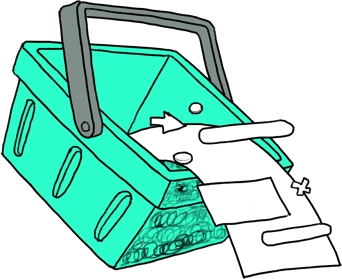
Buying a HubSpot theme
Creating a custom site starting with a theme purchased from the HubSpot marketplace still requires effort, but far less than if you started from scratch. After all, the main reason themes exist is to help you build a custom site fast and for small costs.
Most modern themes are flexible, too. Do you need a teal site with a weird font? No problem! Fancy a black background with neon text? Easy-peasy! Plenty of HubSpot marketplace themes have suitable page templates to help you turn your vision into a reality.
You can edit theme settings to include your brand colors, logo, and fonts; all theme pages will match your choices. You have a list of page designs and multiple templates, custom modules, theme fields, reusable elements, and sections to build unique pages that attract and maintain people's attention once they land on your page.
It's important to note, though, that a purchased theme may offer a different level of flexibility and control than building a custom HubSpot theme from scratch.
What about HubSpot themes cost?
If a free HubSpot theme is too simple for your needs, some of the most complex themes available may initially seem expensive. Spending around $1000 for one sounds pricey, but it's far cheaper than hiring a developer to build something similar from scratch. Considering that a $1000-theme can take a dev team several hundred hours to complete, the price doesn't seem high anymore.
Pros and Cons of buying HubSpot themes (recap)
Advantages:
- You get to create dynamic website pages for a small cost and a fraction of the time required to build a website from scratch.
- Good themes come with pre-built functionality, such as contact forms and social media integration, which can save you time and effort so you can focus on making your website unique for your audience.
- Most themes purchased in the HubSpot marketplace come with documentation, (sometimes) unlimited customer support, regular updates, and hourly help for revisions and customization.
- Most themes in the HubSpot marketplace provide page templates for homepages, landing pages, and blog layouts, making it easy for you to build and expand your site with additional designs.
- Only professional developers design purchased themes, so you can be confident that every custom module or page template within the package is high quality and visually appealing.
Disadvantages:
- Purchased themes can have limited customization options, so you may need help to tailor the theme to your preferences thoroughly. Buying a high-quality theme or hiring an expert HubSpot developer for further customizations can help you avoid this issue.
- Some custom themes may have bugs or compatibility problems that can slow down your project. It’s a temporary issue if you buy a theme that includes ongoing support.
- If you run into issues with a purchased theme, you'll have to rely on external support from the theme's developer or support team to resolve them. The same applies to building a theme from scratch unless you have an in-house developer.
- Customizations to a purchased theme can sometimes generate design inconsistencies or break the theme's functionality. You can avoid this issue by creating a child theme and using it to customize the website without breaking the theme’s code. Alternatively, you can contact the theme creators and hire them to perform additional customizations.

What makes up a good HubSpot theme?
Choosing a particular theme makes sense because it looks closest to your desired design. Aesthetics matter, after all.
But unfortunately, the design shouldn't be the primary criterion when buying a HubSpot theme.
Look for these main things to find your winner:
- Make sure the theme comes with support and/or setup.
- The HubSpot marketplace theme must allow complete customization of colors, fonts, etc.
- Use the theme previewer to check whether the templates and costume modules work well on all devices.
- Go through the various templates and demo pages to ensure you can quickly build conversion-focused pages.
- Pick a theme that includes a design system/UI kit in the theme folder.
Pro tip:If HubSpot design is not your team's strong suit, try to meet the developer before buying. Schedule a demo and test their responses to ensure you can efficiently work with them moving forward. Remember that, in this case, you aren't just buying a theme. You're most likely buying into the support system the theme's developer offers. |
When should you buy a HubSpot theme?
Here are a few situations when it might make sense to buy a HubSpot theme:
- When you have a limited budget — Buying a theme is the cost-effective option compared to hiring a developer to build a custom HubSpot theme from scratch.
- When you don't have complex design needs (or skills) and are happy with a more generic, off-the-shelf look.
- When you're on a tight deadline — Building a custom theme is time-consuming and may require specialized skills. Purchasing one is the quicker and easier alternative for having a functional website up and running quickly.
Pro tip:Choose a theme early to give your team a starting point to work with when creating content for your website. This can save a great deal of your time, as your website creators, writers, and marketers get to make the content within a design framework. |
How do you get the most out of your theme?
Customize, customize, customize.
- Use the theme editor to transform your theme until it reflects your brand's unique personality and values. Go beyond adding your logo to customize the color scheme, select fonts and styling options that align with your brand, and personalize your buttons and CTAs to encourage conversions — customized CTAs convert 202% more often than standard versions.
- Play with the page and blog templates and custom modules to add unique functionality and enrich the content on your website. Depending on the default modules included in your theme, you can show your social media feeds, create custom forms, or display data from external sources, among other things.
Use all available HubSpot tools.
- HubSpot provides AI-powered SEO tools that can help you optimize your website for search engines and increase the visibility of your website.
- The same theme can build multiple variations of a website. Test these versions with HubSpot's A/B testing tool to identify what works and what doesn't. It'll help you make informed decisions about how to optimize your website further — website changes based on A/B test results can see an increase of up to 400% in conversions.
Make the most of the support provided by the theme developer.
- Work with the theme developer and the design manager to make the most customizations possible. Explain to the developer what you want for your website, and manage the support hours to fit your specific need.
- Note that hiring other HubSpot developers might overcomplicate the process. It takes a good deal of time to figure out how to customize a theme, and there's a risk of altering the theme's settings. Plus, what would take the theme's developer an hour to address might take a different developer four times more time to complete.
What can a HubSpot theme be used for?
Themes include templates, modules, style settings, and global content used to create a website. You can develop homepages, contact pages, blogs, and landing pages inside the page builder. It's a straightforward way to make the most out of the HubSpot CMS hub and HubSpot's unique features as a CRM.
You can use a HubSpot theme to create various websites, including:
- Professional websites for businesses of all sizes, from startups and small businesses to multinational organizations.
- Visually appealing and functional business blogs with features like post categorization, social media integration, and email subscription options.
- Conversion-focused landing pages for marketing campaigns featuring customizable layouts, call-to-action buttons, and forms for capturing leads.
- E-commerce websites that include product catalogs, shopping carts, and checkout pages.
Themes make it easy for you to build a completely functional website on the HubSpot platform so you can manage the entire customer journey within a single platform. It's immensely convenient and powerful in the long run.
How do I get started?
All HubSpot themes are available in HubSpot's asset marketplace — you need to be logged into your HubSpot account to view the marketplace.
Once you find a theme that's a good fit, you can purchase it directly through HubSpot.
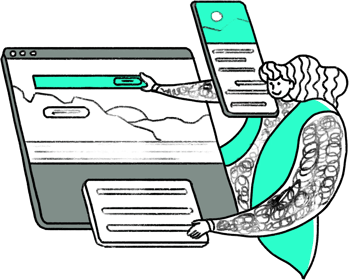
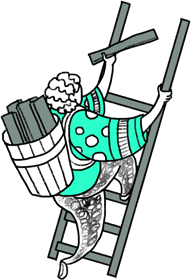
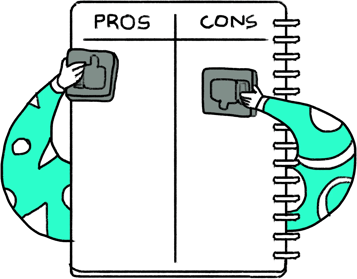
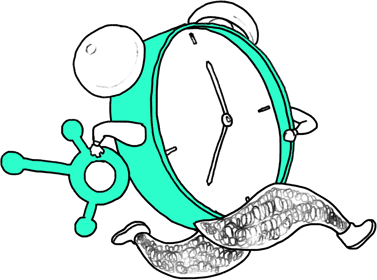

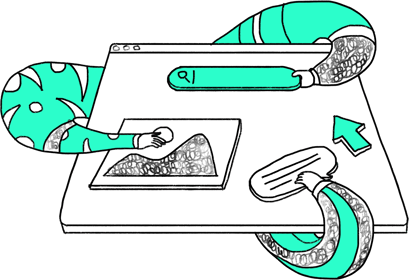
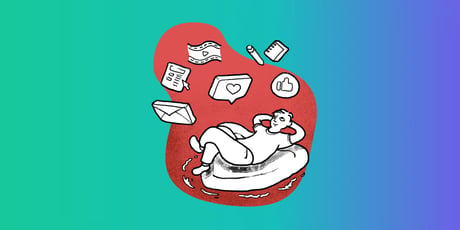
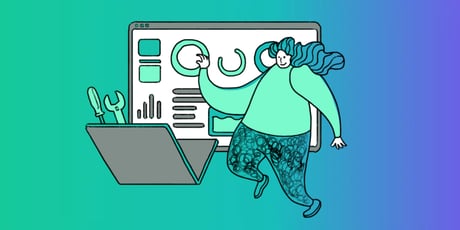

Want to make a comment?